The Warka Towers: Water Out of Air. |
|
One of the biggest problems still
haunting the poor regions of the world is the lack of clean drinking
water. This is such a nccessaity that we take for granted, but many
populations do not. Now, a new solution has arisen, one that is both
simple and very promising.
Places like the Namib desert in
Southern Africa rarely see rain. However, fog is common, and so there is
actually moisture in the air, but not water. Some animals, like the
desert beetle, survive by condensing water on its back until drops roll
down into its mouth. Once again,
man has learned from nature, and so this principle has been adopted and
magnified to an enormous scale, and we've began seeing a possible
solution for the desperate lack of water in the dry regions of the
world.
|
|
In the Namib desert where rain is rare but fog common, a beetle
survives by condensing water on its back until drops roll down into the insect's mouth.
Now this principle has been magnified onto a grand scale, providing a
possible solution to the desperate lack of water that plagues the
populations of many of the world's dry regions.
There is no lack of solutions being experimented with for water shortages. Wells, recycling techniques and methods for cleaning poisoned water
have all attracted considerable efforts, particularly since the Bill
and Melinda Gates foundation have made the issue a priority for their
considerable resources.
However, many of these techniques have floundered; great on the page but unsuited to real world conditions. Those technologies that are cost effective represent only partial solutions,
working well where a permanent water supply is available, but unsuited
to regions where surface water vanishes in the dry season and
groundwater is hard to reach. As deforestation and Global Warming expand
the areas where water is scarce or erratic something else is needed.
While Warka Water to
be treated with caution after so many false dawns, it has the advantage
of being designed to match the conditions where most alternatives
perform the worst.
The towers have a 9m tall bamboo or juncus frame holding up a
plastic mesh net. As the temperature falls during the night water
condenses onto the net and rolls down to a reservoir at the bottom of
the tower. Where the beetle draws just a few life-giving drops from the
Namib fog, the much larger surface area of the nets allows a 100l a
night to collect under ideal conditions. Mesh is used, rather than a
solid surface, so that air can circulate, bringing in ever more water.
As the designers Arturo Vittori and Andrea Vogler put it, “The
lightweight structure is designed with parametric computing, but can be
built with local skills and materials by the village inhabitants."
The beetle has proven an inspiration to many but Warka Water claim their carefully shaped design produces much more water for less cost than previous versions.
The Warka Water tower is named after a fig tree native to
Ethiopia, and depends for its success on a large temperature difference
over a night. Since desert regions are notorious for huge temperature
variations, particularly during the dry season, Warka towers should
flourish where they are needed most.
"It's not just illnesses that we're trying to address,” Vittori told the Smithsonian Magazine, although with 1400 children a day dying from waterborne diseases that
would be reason enough. “Many Ethiopian children from rural villages
spend several hours every day to fetch water, time they could invest for
more productive activities and education,” Vittori says. “If we can
give people something that lets them be more independent, they can free
themselves from this cycle."
Vittori hopes to install two Warka Towers in Ethiopia next year,
and believes that, “Once locals have the necessary know-how, they will
be able to teach other villages and communities to build the Warka.”
Cost estimates for the remote constructions of systems are notoriously
unreliable, but Vittori believes the towers can be built for $500 each, a
quarter or systems that purify equivalent amounts of water. They are
seeking sponsorship to bring the idea to fruition. While we suggest Warka Beer would be a great fit, anyone wanting to get behind the idea should make contact.
Read more at http://www.iflscience.com/technology/water-fresh-air#dZH7jGzDxpyLOHWB.99 |
|
In the Namib desert where rain is rare but fog common, a beetle
survives by condensing water on its back until drops roll down into the insect's mouth.
Now this principle has been magnified onto a grand scale, providing a
possible solution to the desperate lack of water that plagues the
populations of many of the world's dry regions.
There is no lack of solutions being experimented with for water shortages. Wells, recycling techniques and methods for cleaning poisoned water
have all attracted considerable efforts, particularly since the Bill
and Melinda Gates foundation have made the issue a priority for their
considerable resources.
However, many of these techniques have floundered; great on the page but unsuited to real world conditions. Those technologies that are cost effective represent only partial solutions,
working well where a permanent water supply is available, but unsuited
to regions where surface water vanishes in the dry season and
groundwater is hard to reach. As deforestation and Global Warming expand
the areas where water is scarce or erratic something else is needed.
While Warka Water to
be treated with caution after so many false dawns, it has the advantage
of being designed to match the conditions where most alternatives
perform the worst.
The towers have a 9m tall bamboo or juncus frame holding up a
plastic mesh net. As the temperature falls during the night water
condenses onto the net and rolls down to a reservoir at the bottom of
the tower. Where the beetle draws just a few life-giving drops from the
Namib fog, the much larger surface area of the nets allows a 100l a
night to collect under ideal conditions. Mesh is used, rather than a
solid surface, so that air can circulate, bringing in ever more water.
As the designers Arturo Vittori and Andrea Vogler put it, “The
lightweight structure is designed with parametric computing, but can be
built with local skills and materials by the village inhabitants."
The beetle has proven an inspiration to many but Warka Water claim their carefully shaped design produces much more water for less cost than previous versions.
The Warka Water tower is named after a fig tree native to
Ethiopia, and depends for its success on a large temperature difference
over a night. Since desert regions are notorious for huge temperature
variations, particularly during the dry season, Warka towers should
flourish where they are needed most.
"It's not just illnesses that we're trying to address,” Vittori told the Smithsonian Magazine, although with 1400 children a day dying from waterborne diseases that
would be reason enough. “Many Ethiopian children from rural villages
spend several hours every day to fetch water, time they could invest for
more productive activities and education,” Vittori says. “If we can
give people something that lets them be more independent, they can free
themselves from this cycle."
Vittori hopes to install two Warka Towers in Ethiopia next year,
and believes that, “Once locals have the necessary know-how, they will
be able to teach other villages and communities to build the Warka.”
Cost estimates for the remote constructions of systems are notoriously
unreliable, but Vittori believes the towers can be built for $500 each, a
quarter or systems that purify equivalent amounts of water. They are
seeking sponsorship to bring the idea to fruition. While we suggest Warka Beer would be a great fit, anyone wanting to get behind the idea should make contact.
Read more at http://www.iflscience.com/technology/water-fresh-air#dZH7jGzDxpyLOHWB.99 |
 |
|
It's not that scientists haven't
tried many solutions - wells, recycling systems, cleansing poisonious or
fetid water - all of those have seen a lot of money and effort put in
them.
Unfortunately, many of these techniques, while looking good on page, do not stand up to real world conditions. Now comes a solution that is so simple, yet ingenious - the Warka Towers.
|
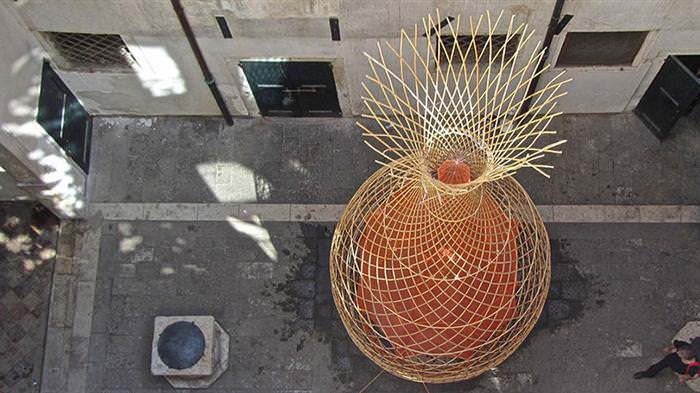 |
|
These towers are 9 meters tall, built
on a cheap bamboo or juncus frame and holding up a fine plastic mesh
net. As the temperatures drop during the night, water condenses on the
net and, like the beetle's system, the drops of water roll down the net
into a reservoir at the bottom of the tower.
|
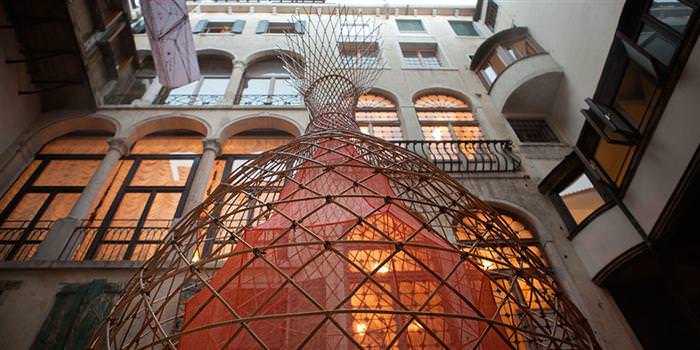 |
|
But while the beetle extracts only a
the few drops of water it needs to survive, the much larger area
surface of the nets creates about 100 litres of water every night. Since
the towers use a net and not a solid surface, the air circulates
through, allowing the net to capture more and more moisture.
|
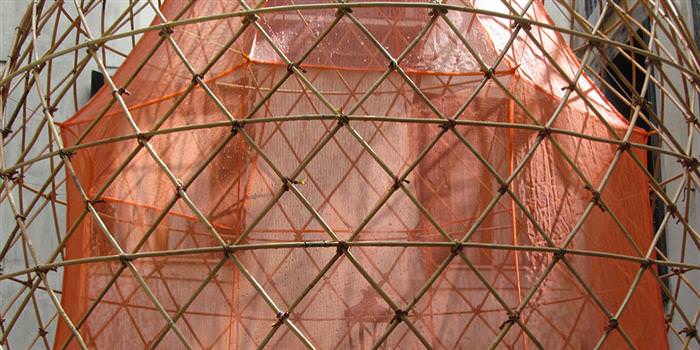 |
|
The architect
of this brilliant idea, Artuo Vittori, says that the towers can be built
for only $500 a tower, and he hopes that once more are introduced to
the African continent, the local population will learn to build these
towers for itself, thus populating the dry regions with these towers, an
elegant solution for a terrible problem!
|
 |
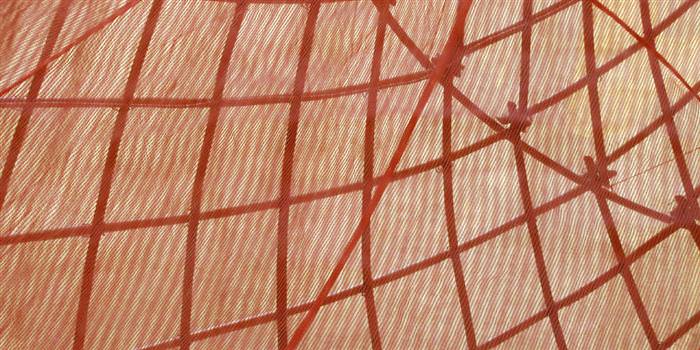 |
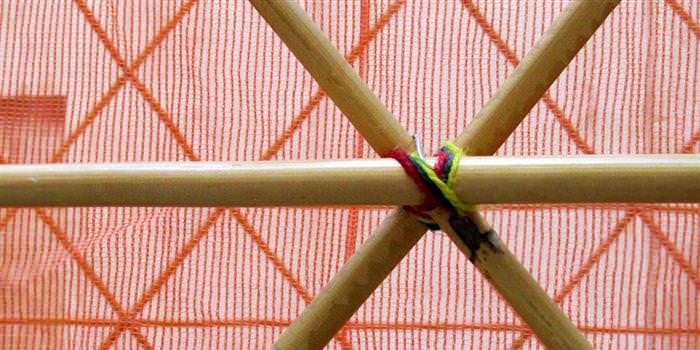 |
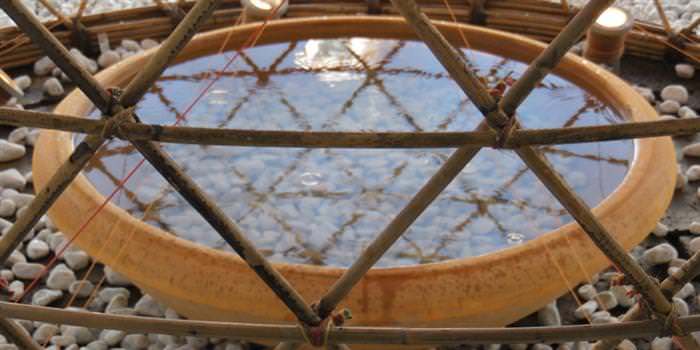 |
mardi 22 avril 2014
The Warka Towers: Water Out of Air.
Inscription à :
Publier les commentaires (Atom)
Aucun commentaire:
Enregistrer un commentaire